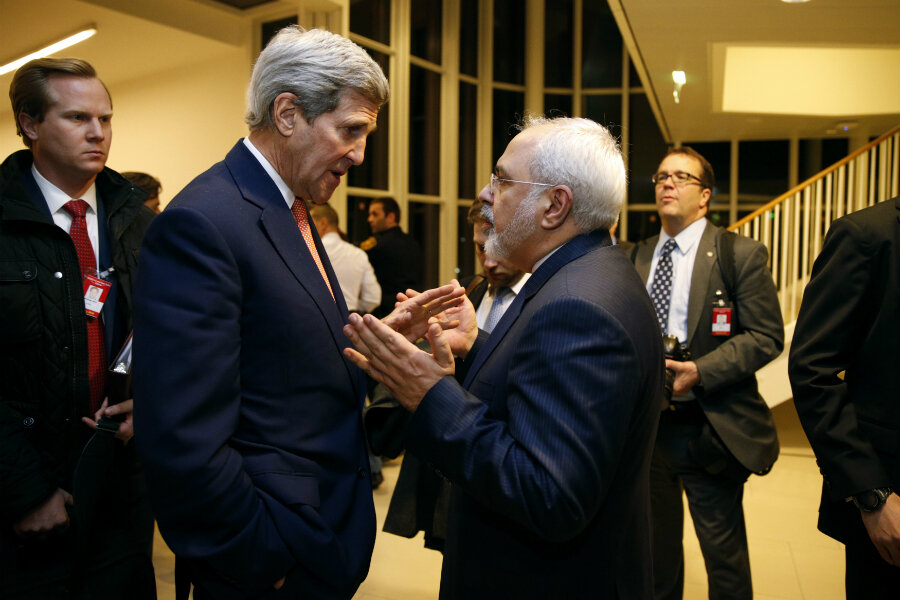Was $400 million in cash paid by US to Iran a form of ransom?
Loading...
The Obama administration secretly airlifted $400 million in foreign currencies to Iran in January, transporting the cash on an unmarked cargo plane, says a new report from The Wall Street Journal.
That payment was the first installment of a $1.7 billion settlement paid by the United States to Iran to end a 35-year-old legal dispute over US arms bought by the Iranian shah, which were never delivered after the 1979 revolution. The White House has framed the settlement as a victory, citing widespread expectations that the US would lose its claim in international arbitration court, potentially making it liable for a much bigger sum.
But the cash payment also coincided with the January release of five Americans held prisoner by Tehran, awakening renewed accusations that the Obama administration paid what amounted to ransom in exchange for the prisoners.
“This break with longstanding U.S. policy put a price on the head of Americans, and has led Iran to continue its illegal seizures,” Sen. Tom Cotton (R) of Arkansas, a prominent opponent of the Iran deal, told the Journal, calling the payment “a $1.7 billion ransom to the ayatollahs for U.S. hostages.”
Critics have also voiced concerns that the $400 million from the US could be used to shore up the Iranian military and subsidize the Assad regime’s war in Syria, reports the Journal.
But John Brennan, director of the Central Intelligence Agency, said last week that there was evidence that Iran is pouring financial resources into development projects. “The money, the revenue that’s flowing into Iran is being used to support its currency, to provide moneys to the departments and agencies, build up its infrastructure,” Mr. Brennan said at a conference in Aspen, Colo., the Journal reports.
Obama administration officials reject the idea that the prisoners’ release was the direct result of the cash payment, with State Department spokesman John Kirby telling the Journal that settlement negotiations and discussions over the prisoners were “completely separate.”
“Not only were the two negotiations separate, they were conducted by different teams on each side, including, in the case of The Hague claims, by technical experts involved in these negotiations for many years,” Mr. Kirby said.
An Iranian-American man visiting his ailing mother in Iran was arrested last week, one of several arrests targeting Iranian-Americans and other dual nationals. The detentions are likely the work of the most conservative members of Iran’s government, such as the intelligence and security apparatuses, as The Christian Science Monitor reported.
“One explanation for the detentions is that they are a way to embarrass [President Hassan] Rouhani and perhaps even to scuttle the nuclear deal by souring budding relations with Western powers,” the Monitor reported last week.
“Others say the detentions might also be aimed at extracting economic concessions, with some in Iran disappointed by the economic returns from the nuclear deal.”
Bijan Khajehpour, an exiled Iranian business consultant who was held in Iran’s Evin prison for three months after Iran’s disputed 2009 elections, told the Monitor that Iran was seeking to send a message: “You can’t ignore us, you cannot eliminate us from the power structure – and you have to deal with us.”
“This is all happening in the context of intense competition for power in a completely new political environment,” he said.






